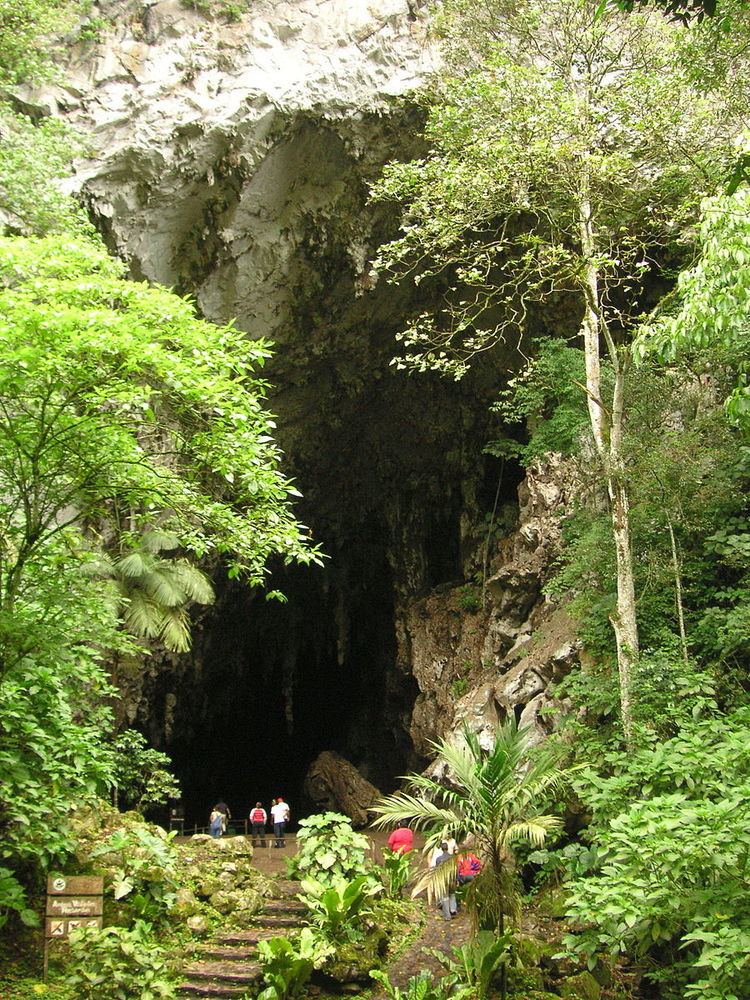Governing body INPARQUES Area 627 km² | Established May 27, 1975 | |
 | ||
Similar Mochima National Park, Médanos de Coro National, Canaima National Park, Sierra Nevada National, Henri Pittier National | ||
The Guácharo Cave National Park (Spanish: Parque Nacional Cueva del Guácharo) is located 12 km from the town of Caripe, Monagas, Venezuela. It has as its centerpiece a large limestone cave.
Contents
The cave was visited in 1799 by Alexander von Humboldt, who realised that the thousands of oilbirds (guácharos in Spanish; scientific name Steatornis caripensis) which live in the cave belonged to a species unknown to science. Humboldt named the frugivorous, nocturnal species after the town of Caripe.
The cave
The cave is a limestone cavern over 10 km long, with a number of large chambers and spectacular rock formations. The temperature inside the cave generally remains near 19 °C and the humidity at 100%.
Guácharo Bird
Oilbirds are fruit-eating birds that live within the first section of the cave; they leave at night in search of food. The Spanish name guácharo is onomatopoeic, and comes from an old Castilian word for one who shrieks or cries, because of their characteristic sound. They are brown with black and white spots, have a long tail and bristles around their beak. They measure around 48 cm in length, including the tail. The guácharos produce an organic layer in the cave called guano, formed by excrement and vomited seeds, which provide the basic nutrients for the cave's ecosystem.
The most important daily event in the park occurs in the evening, as dusk falls, when the birds exit the cave in great flocks, in search of food. Visitors are able to view the birds leaving the cave.
Conservation
The cave was designated as Venezuela's first National Monument in 1949.
The National Park was created in 1975 to conserve the cave and the forest eco-system where the oilbirds feed. The altitude of the national park is 900 - 2,340m. There are 367 species of bird in the national park, which has been designated an Important Bird Area. Although the oilbird is not an endangered species, several other resident birds fall into this category, for example the Venezuelan flowerpiercer (Diglossa venezuelensis) and the Venezuelan sylph. The national park is part of Cordillera de Caripe Alliance for Zero Extinction (AZE) site, along with another IBA the Zona Protectora Macizo Montañoso del Turimiquire.
Humboldt Museum
Near to the cave entrance is the Humboldt Museum. It offers information about the cave, the national park, the oilbird (guácharo), and Alexander Von Humboldt.
